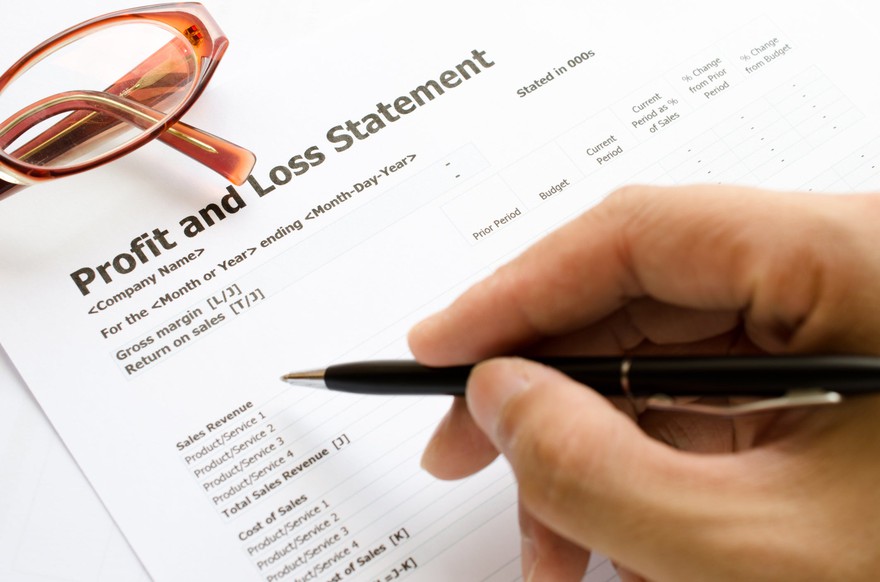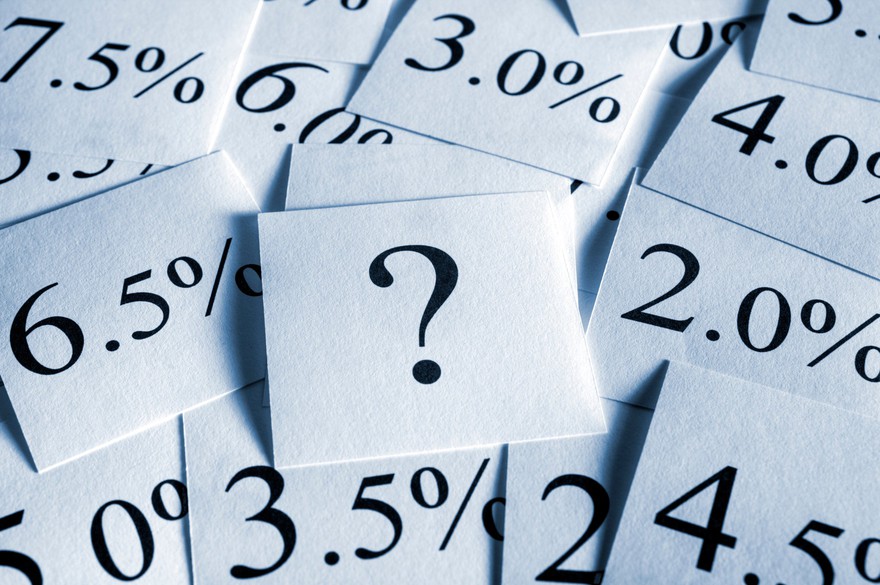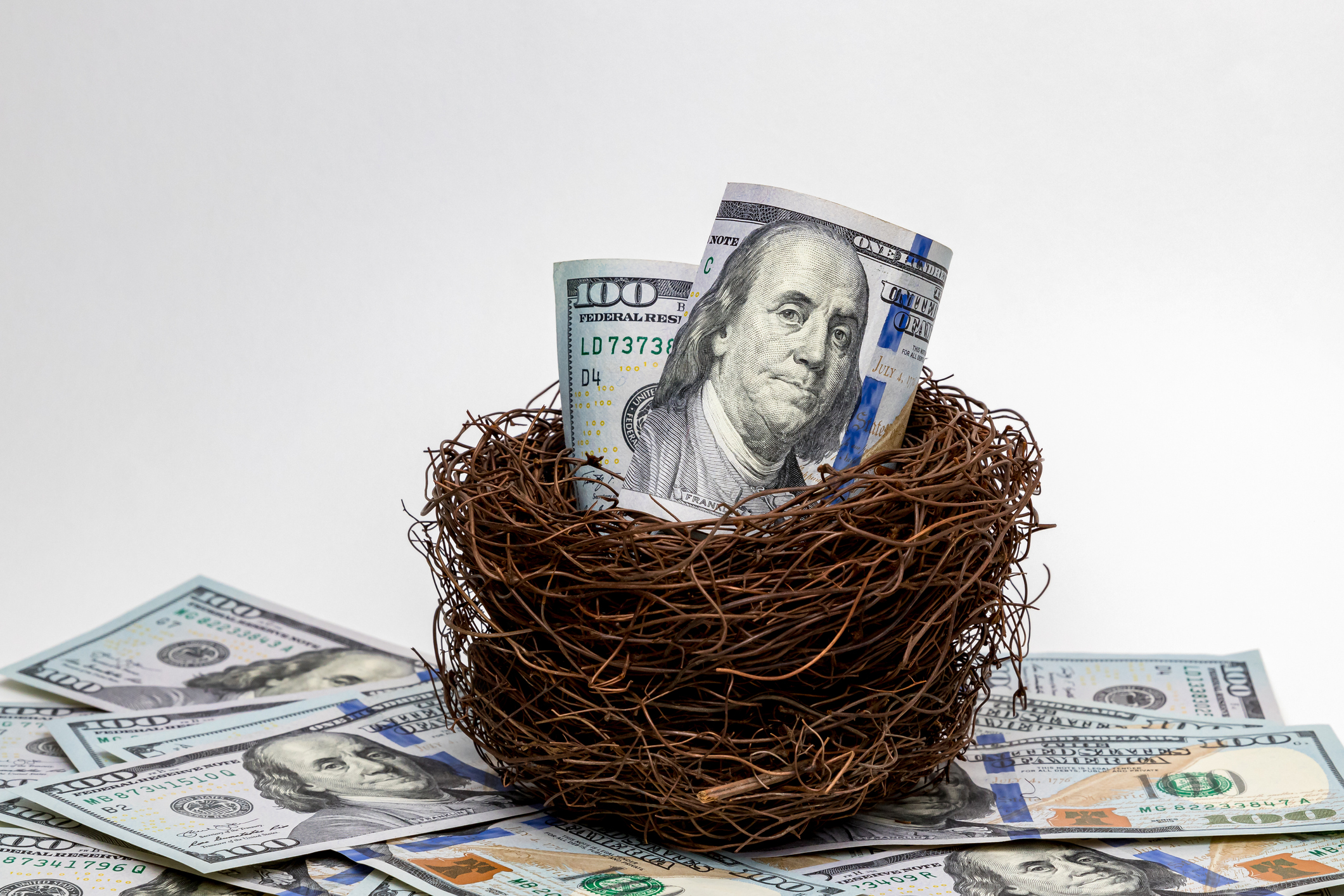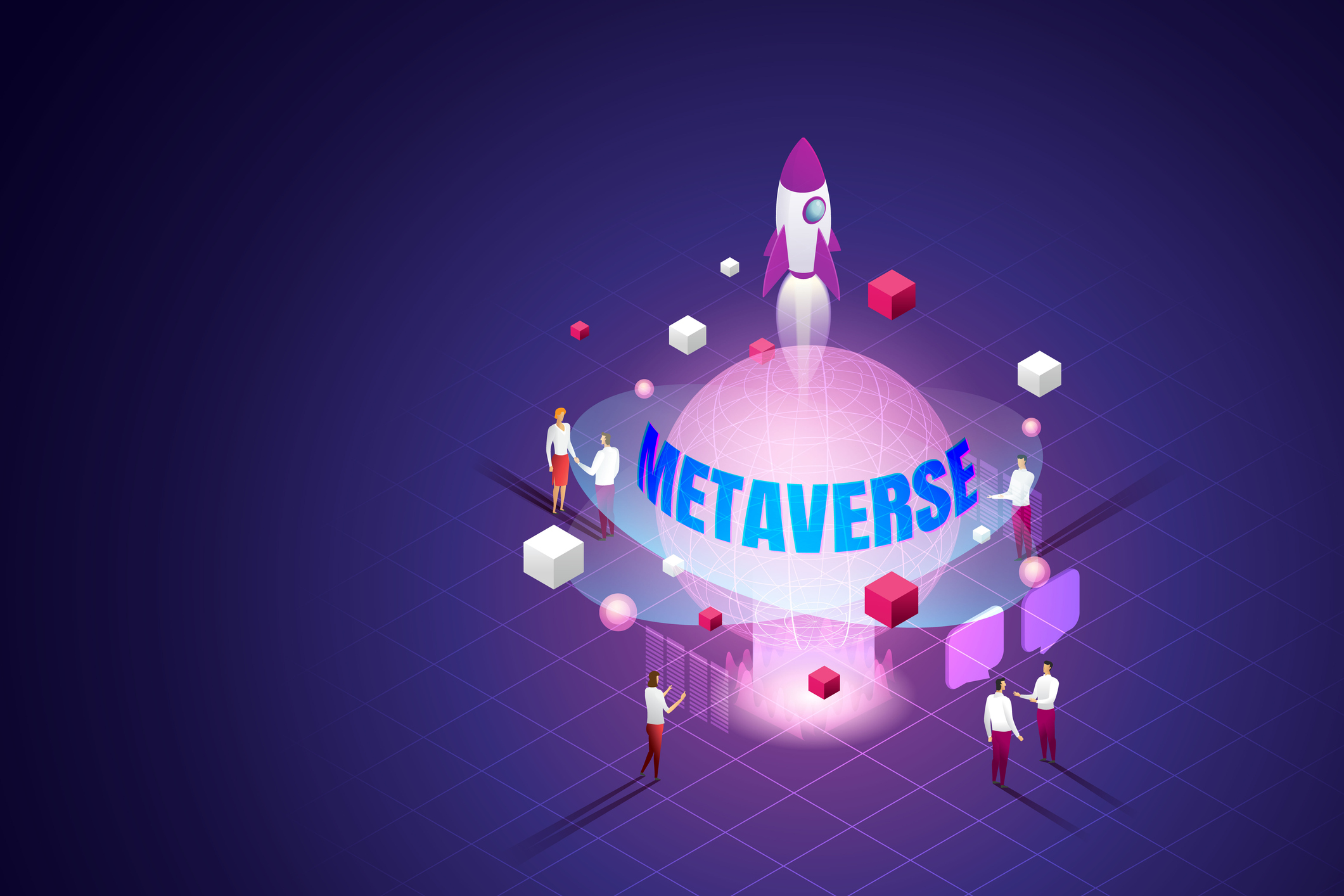Negative amortization note payable
Although uncommon, negative amortization notes payable exist. These allow businesses to make payments that are smaller than what is required to pay down the interest that has accumulated. Instead, the interest is added to the note, which increases the size of the note over time. They're used very sparingly and strategically. Be careful if a company is using too many of these types of notes.
Interest-only note payable
Like a negative amortization note payable, interest-only notes payable are notes that do not get paid down over time. In this case, the interest is being paid, but the principal remains the same month after month. They may be used to leverage future funds or to increase inventory quickly, knowing that the money will be there before the principal is due.
Notes payable versus accounts payable
Notes payable and accounts payable sound very similar, but they're not. Accounts payable is more like a checking account for a business, which short-term payments come from. You might use accounts payable to restock copier paper or pay the utility bill, but you probably wouldn't use it for longer-term liabilities.
Notes payable, on the other hand, is literally an instrument for longer-term liabilities. It's a loan that you take out for your business and has its own line on the balance sheet.




















